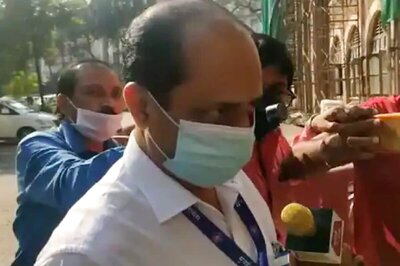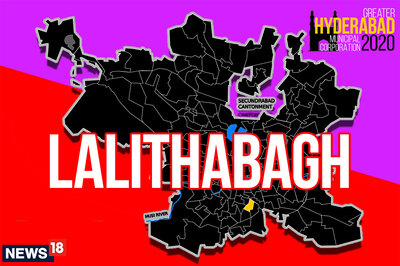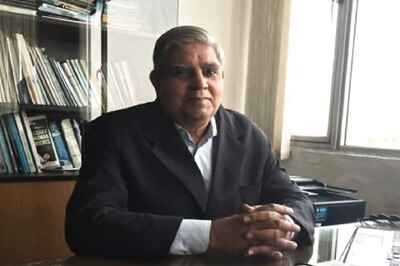
views
Christchurch: Violent aftershocks hampered desperate efforts to find survivors in the quake-ruined New Zealand city of Christchurch on Saturday as the death toll climbed to 144 and was set to rise further.
Rescue teams from New Zealand and six countries including the United States, China, Japan and Australia scoured the rubble of levelled buildings in the central city and suburban areas hardest hit by Tuesday's 6.3 tremor -- but found only bodies.
"We expect that number to rise as the search and rescue teams progressively find more and more deceased among the ruins," police commander Dave Cliff told reporters.
The dead include people from 20 nations, including dozens of students from Japan, China, India and Taiwan who were in Christchurch, one of New Zealand's most attractive cities, to learn English in view of the country's dramatic southern Alps.
Hopes of finding people alive five days after the quake were dimmed by aftershocks of up to magnitude 4.4 which brought down masonry and sent rescue teams scrambling for safety.
No further survivors have been found since a woman was rescued mid-afternoon on Wednesday.
The number of missing was still reported at more than 200, but police have said it is likely that the number includes recovered bodies that have yet to be identified.
In the central city, the search has concentrated on a finance company office block, the city's landmark cathedral and a local television building, which housed an English language school, but aftershocks were hampering efforts.
"Work did have to stop there temporarily during the period of falling masonry," said Cliff.
More than half of the dead have come from the ruins of the Canterbury Television (CTV) building. About 65 people, including many missing Japanese and Chinese students, are believed to be inside, caught as floors pancaked down on one another.
"We're systematically removing layer upon layer of the debris. We're looking for voids in locations where we might find survivors...regrettably over recent times we've only been encountering the deceased," said fire rescue commander Jim Stuart Black.
More than 600 rescue workers scoured the city and hardest-hit suburbs, where broken water and sewage pipes, toppled power lines and ruptured gas mains have made large areas uninhabitable, forcing thousands to flee.
Parker, the local mayor, said more than 340 houses in city's eastern suburbs, near the epicentre, had been marked with red tape for demolition, while around 40 per cent of buildings in the city centre were unsafe to enter.
Thousands of volunteers from unaffected parts of the city or nearby towns converged on the worst-affected areas, where the quake forced up sand and water through roads and gardens. They shovelled sun-baked, grey sand contaminated with sewage and debris into metre high piles for removal.
Christchurch is built on shaky foundations of sand, silt and subterranean water which all churned together during the quake.
"We got off lightly. What can we do but help folk like us who didn't fare so well?" said Ngaire Smith.
More than 300 Australian police arrived in the city on Friday, boosting the number of police to around 1,200, which police chief Cliff said would allow "assurance and security" patrols over a wide area of the city.
Ratings agency Standard & Poor's backed New Zealand's ability to withstand the massive economic impact of the quake, saying the country's AA+ foreign rating was secure, albeit with an existing negative outlook.
Early estimates of insurance losses have ranged from $3 billion to $12 billion. Prime Minister John Key said the country's Earthquake Commission (EQC) disaster fund stood at about 6 billion NZ dollars before the quake, with reinsurance in place and further government backing as needed.




















Comments
0 comment